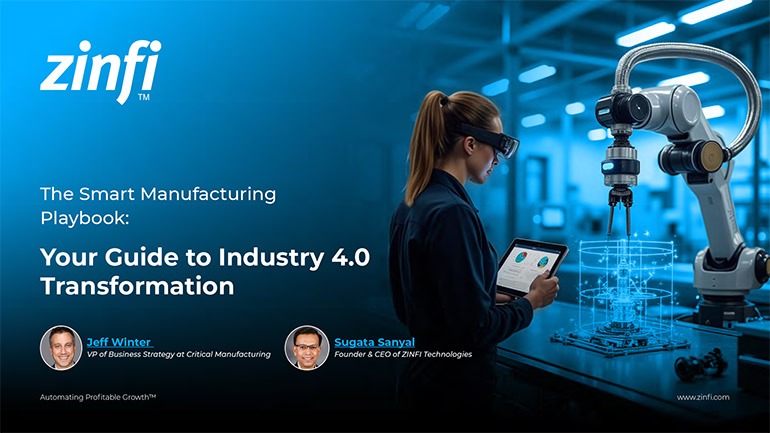Glossary - What is - Automated Asset Optimization
What is Automated Asset Optimization?
Automated Asset Optimization refers to using technology to maximize the performance and value of assets through automated tools and algorithms. This strategy integrates data analysis, machine learning, and automation to continuously monitor, analyze, and enhance asset utilization and efficiency, reducing operational costs and increasing profitability. It is applicable in various sectors, including manufacturing, energy, and transportation, where asset-intensive operations are expected.
In the context of partner ecosystem management and partner management automation, Automated Asset Optimization can significantly enhance collaboration and performance across different stakeholders. By automating the optimization processes, companies can ensure that every partner in the ecosystem utilizes resources effectively, adheres to compliance standards, and achieves mutual growth objectives. This leads to a more agile and responsive partner network, capable of swiftly adapting to market changes and customer demands.
Key Takeaways:
- Enhanced Efficiency through Automation: Automated Asset Optimization leverages advanced algorithms to predict maintenance needs and optimize asset deployment, enhancing operational efficiency. This capability is crucial in partner ecosystem management, where resources shared among partners need constant evaluation and realignment based on performance metrics. For more details on efficiency tools, visit ZINFI’s Partner Management Automation page.
- Cost Reduction: Automated optimization techniques can significantly reduce costs associated with manual interventions and unexpected failures by minimizing downtime and extending asset life spans. In a partner management scenario, such cost efficiency is vital for maintaining profitable partnerships and can be further explored through ZINFI’s resource optimization strategies.
- Data-Driven Decisions: Integrating IoT and AI in asset management allows for real-time data collection and analysis, facilitating more intelligent decision-making that aligns with business goals and partner expectations. ZINFI’s articles on leveraging data for decision-making within partner ecosystems provide additional insights.
- Scalability and Flexibility: Automated Asset Optimization supports scalability in operations by allowing businesses to manage assets across different geographies and industries easily. This adaptability is essential for companies looking to expand their partner networks globally.
- Sustainability Initiatives: Automation helps implement sustainable practices by optimizing energy usage and reducing waste. This is particularly relevant to companies committed to environmental responsibility within their partner networks.
Summary of Key Takeaways:
Automated Asset Optimization offers significant benefits such as enhanced efficiency, cost reduction, and data-driven decision-making. It enables scalability and flexibility in operations and supports sustainability initiatives. These advantages are crucial in managing and expanding partner ecosystems effectively, ensuring that all participants operate at their optimal capacity and contribute to collective business goals.
Key Examples:
- Automotive Manufacturing: Automated Asset Optimization can streamline production lines and maintenance processes in this sector, reducing downtime and increasing throughput.
- Consumer Electronics: Utilizes predictive analytics to optimize inventory and production schedules per consumer demand patterns.
- Energy Production: Implements sensor-based monitoring systems to enhance energy distribution and consumption efficiency.
- Financial Services: Optimizes IT asset usage to enhance service delivery without compromising security or compliance.
- Food and Beverage: Enhances supply chain management by optimizing transportation and storage of perishable goods.
- Healthcare Services: Applies data analytics to optimize medical equipment usage and maintenance schedules.
- Information Technology: Uses software tools for efficient data center management and network optimization.
- Pharmaceutical Development: Employs automated systems to optimize research equipment usage and maintenance.
- Retail Industry: Integrates IoT solutions for real-time inventory management and customer experience enhancement.
- Telecommunications: Deploys automated systems to manage network assets, ensuring optimal performance and service availability.
Conclusion:
Automated Asset Optimization is critical in enhancing operational efficiency, reducing costs, and making data-driven decisions across various sectors. By integrating technology into asset management, companies can ensure optimal utilization of resources, maintain high levels of partner collaboration, and achieve sustainable business growth. Implementing such technologies benefits individual organizations and their partners, creating a more resilient and adaptive business ecosystem.
Associated Keywords:
- Asset Management Automation
- IoT in Asset Optimization
- Predictive Maintenance















